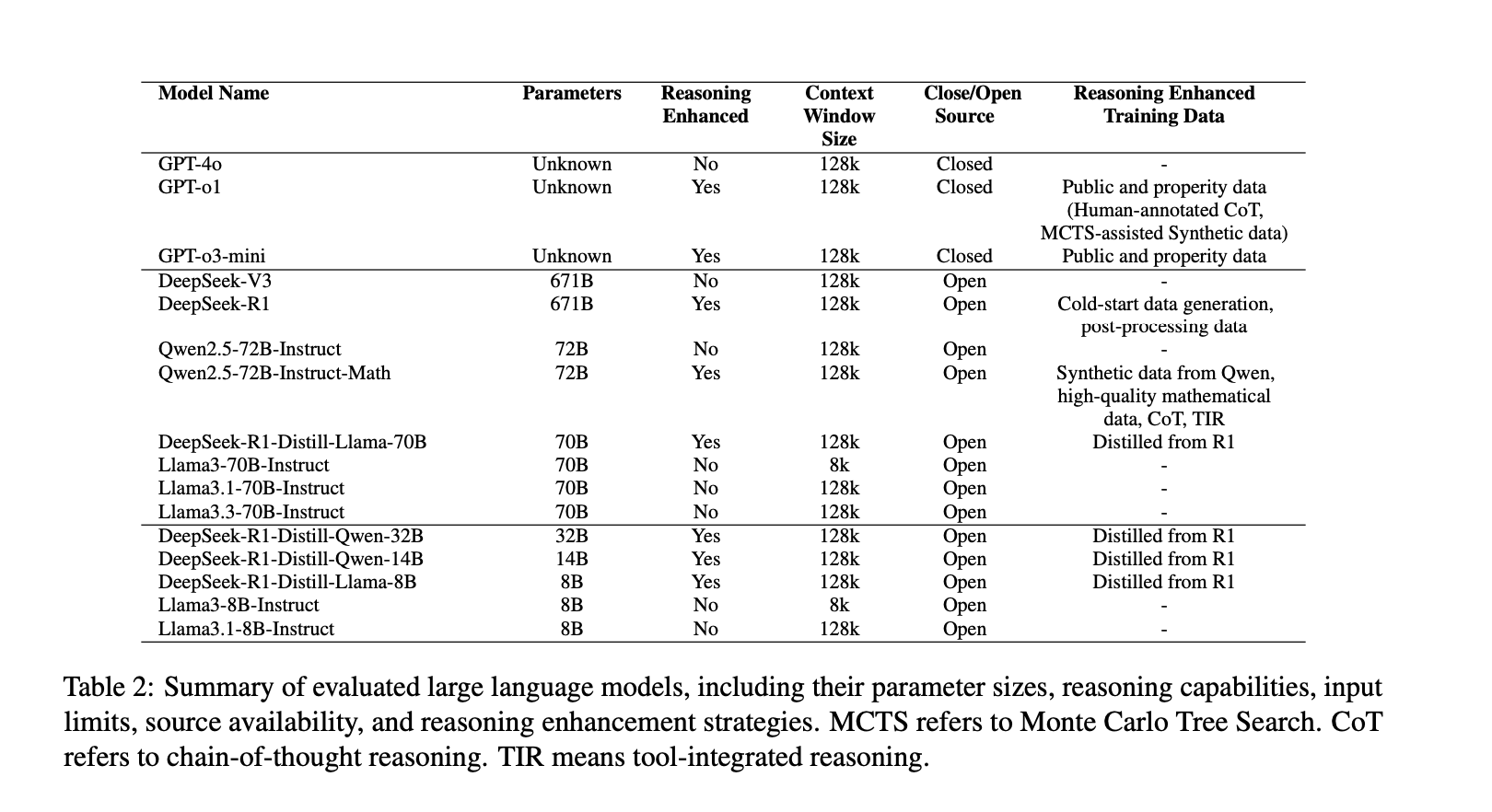
Understanding Financial Information
Analyzing financial data involves understanding numbers, terms, and organized information like tables. It requires math skills and knowledge of economic concepts. While advanced AI models excel in general reasoning, their effectiveness in finance is limited. Financial tasks demand more than basic calculations; they need an understanding of specific vocabulary, relationships, and structured data analysis.
Challenges with Current AI Models
Although reasoning techniques like chain-of-thought fine-tuning can improve performance, they often fail in financial contexts. General language models are not tailored for financial reasoning, which is essential for tasks like sentiment analysis and market predictions. Finance-specific models like BloombergGPT and FinGPT help but still struggle with complex financial documents and structured data.
Introducing Fino1
To address these challenges, researchers developed Fino1, a financial reasoning model based on Llama-3.1-8B-Instruct. Previous models struggled with financial text and tabular data, particularly in long-context tasks. Simple dataset enhancements and techniques didn’t yield consistent improvements. Fino1 utilized reinforcement learning and enhanced fine-tuning to improve financial reasoning and decision-making accuracy.
Key Features of Fino1
- Systematic analysis of financial issues in logical sequences.
- Verification mechanisms to ensure reliability of financial conclusions.
- Two-stage LoRA fine-tuning for resolving numerical reasoning contradictions.
- Comprehensive training on diverse finance datasets for better interpretation.
Evaluation and Results
In evaluations, Fino1 outperformed other models, achieving a score of 10% better across three financial tests. While formal mathematical models excel in numerical tasks, they struggle with financial texts, demonstrating a need for domain-specific training.
Practical AI Solutions for Your Business
To stay competitive using AI, consider the following steps:
- Identify Automation Opportunities: Find customer interaction points that can benefit from AI.
- Define KPIs: Ensure AI initiatives have measurable impacts on business outcomes.
- Select an AI Solution: Choose tools that suit your needs and allow customization.
- Implement Gradually: Start with a pilot, gather data, and expand usage carefully.
Stay Connected
For AI KPI management advice, contact us at hello@itinai.com. For ongoing insights on leveraging AI, follow us on Telegram or Twitter @itinaicom.
Explore More
Discover how AI can transform your sales processes and enhance customer engagement at itinai.com.


























